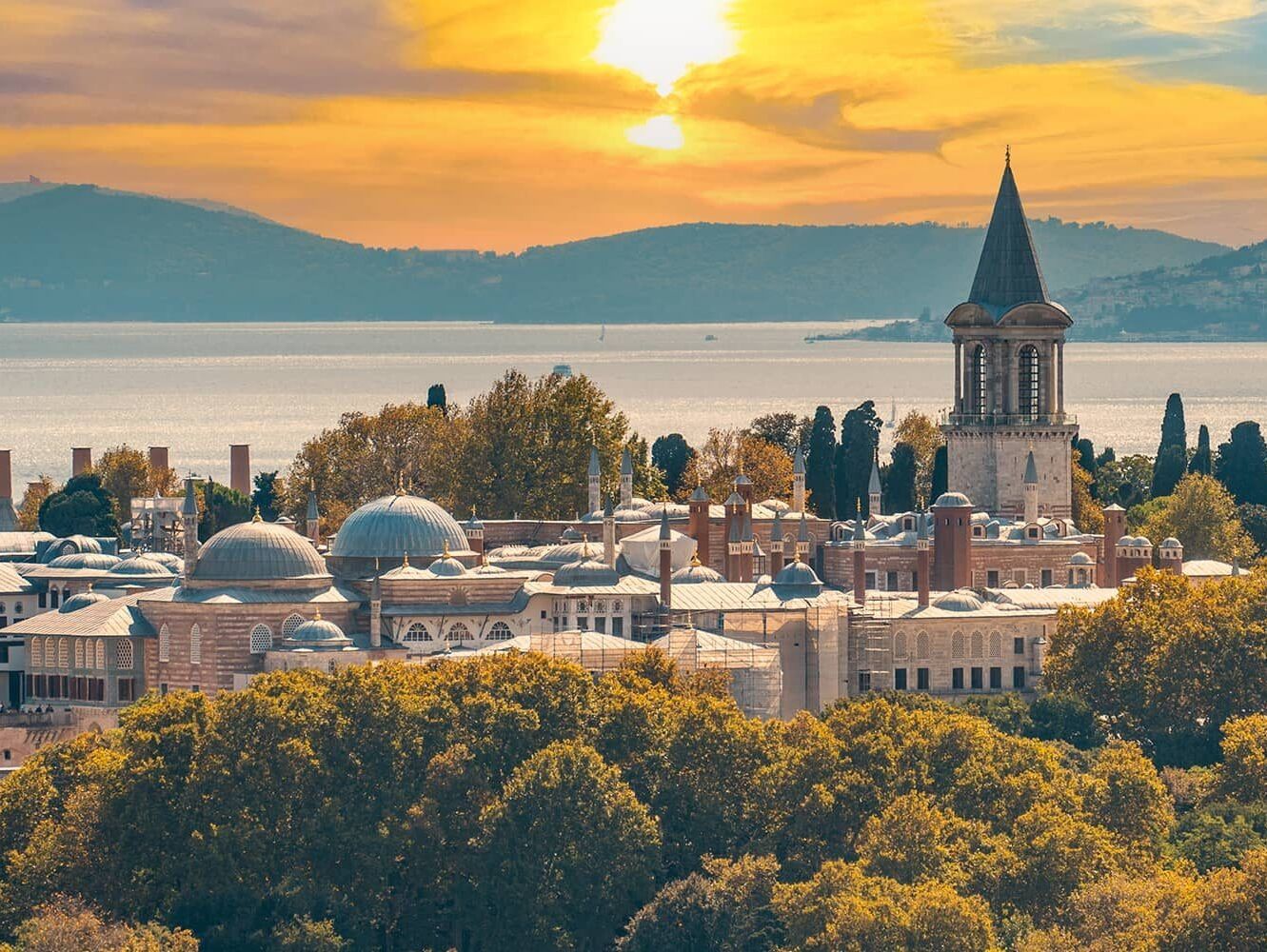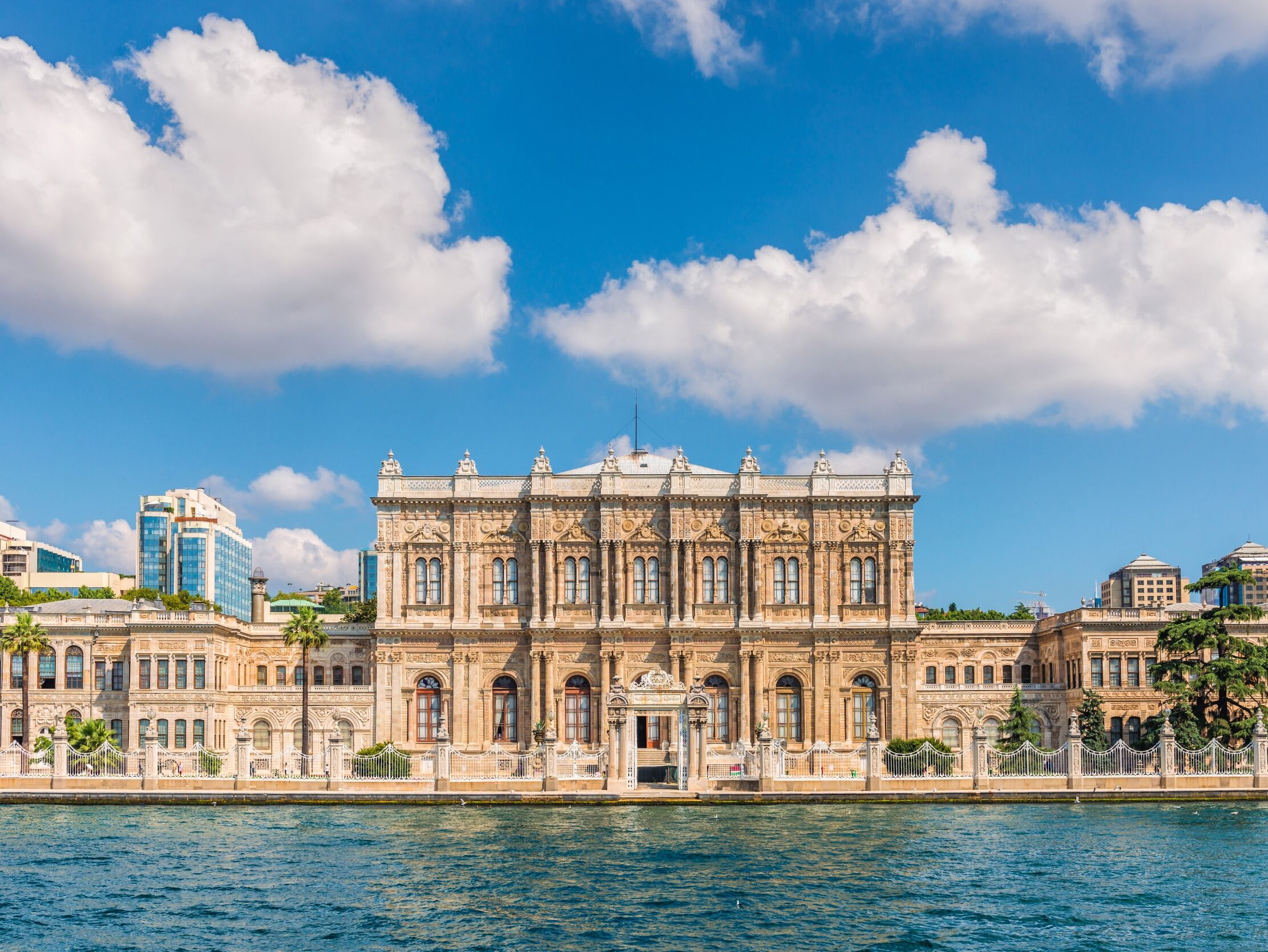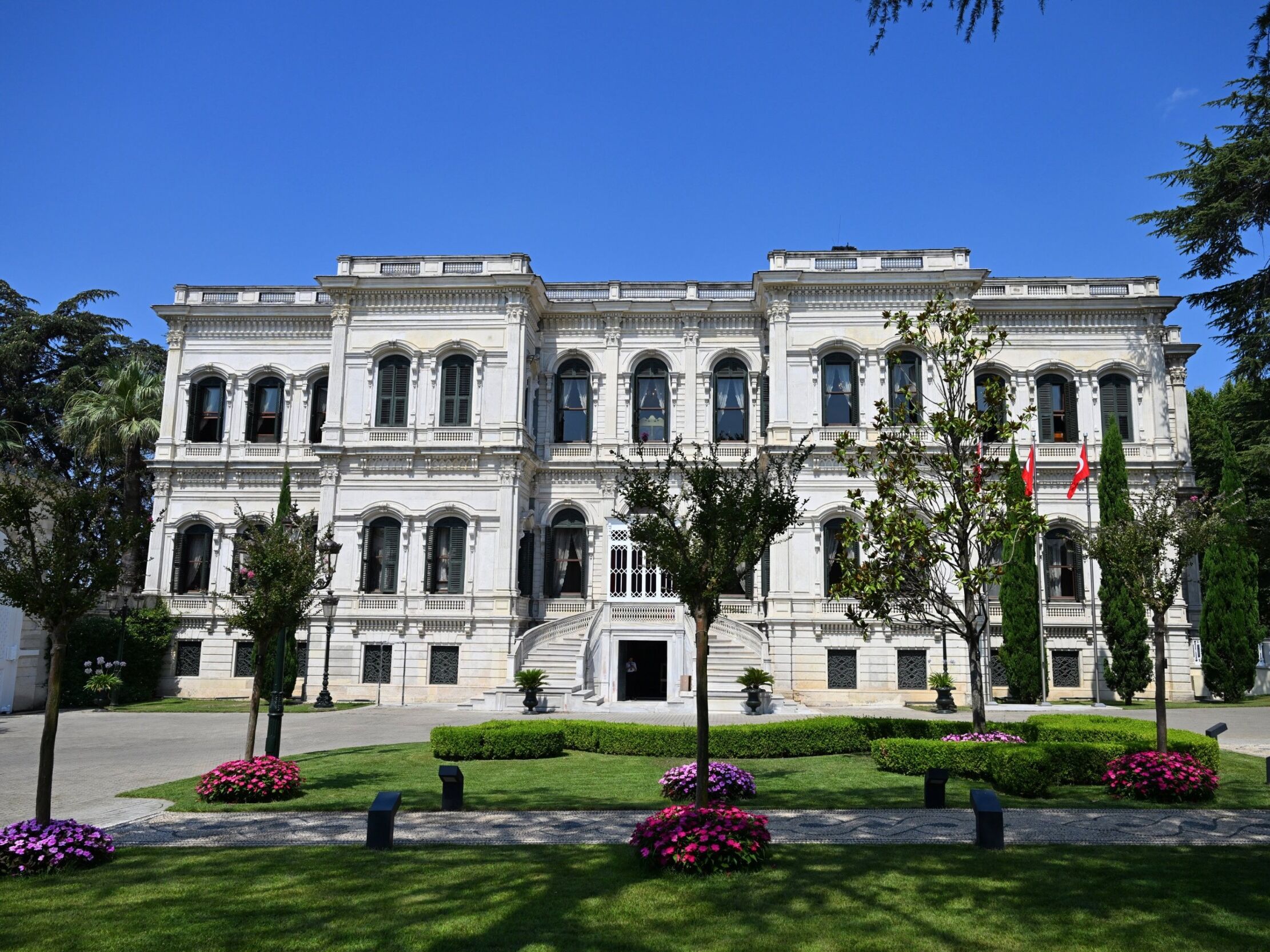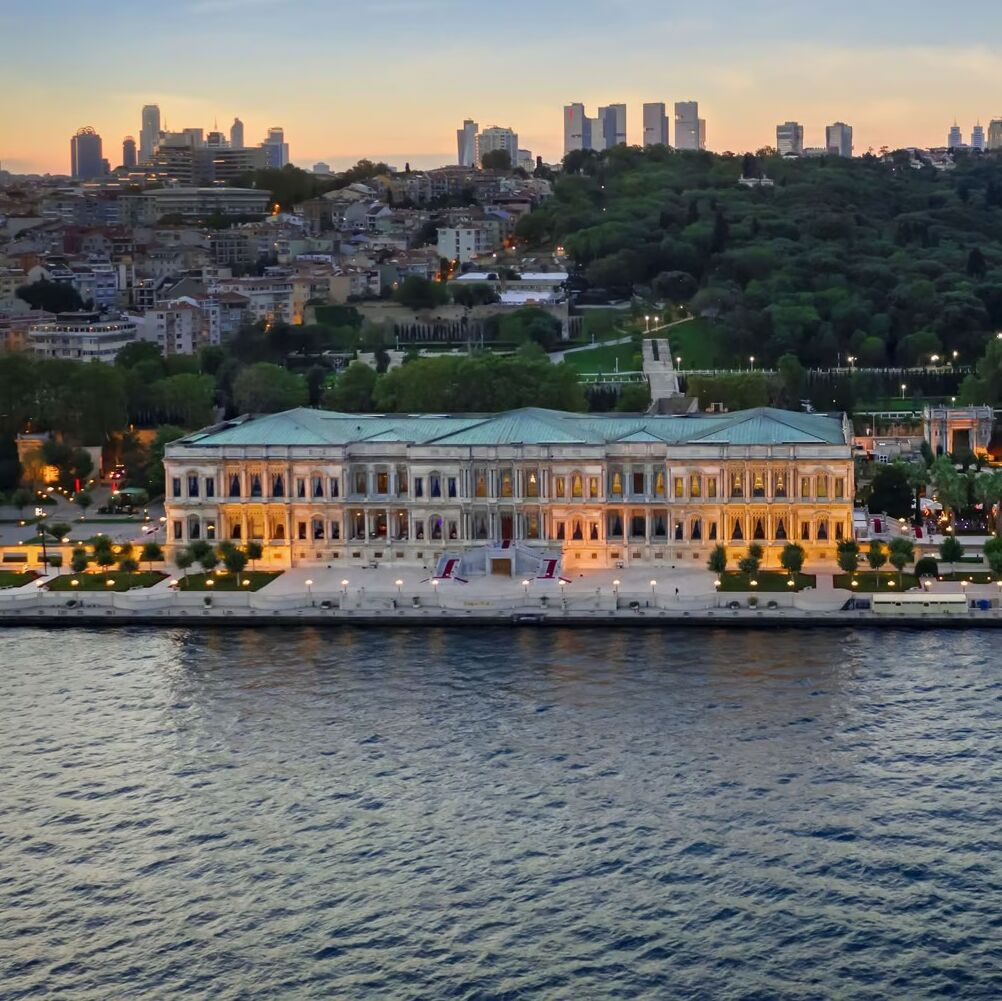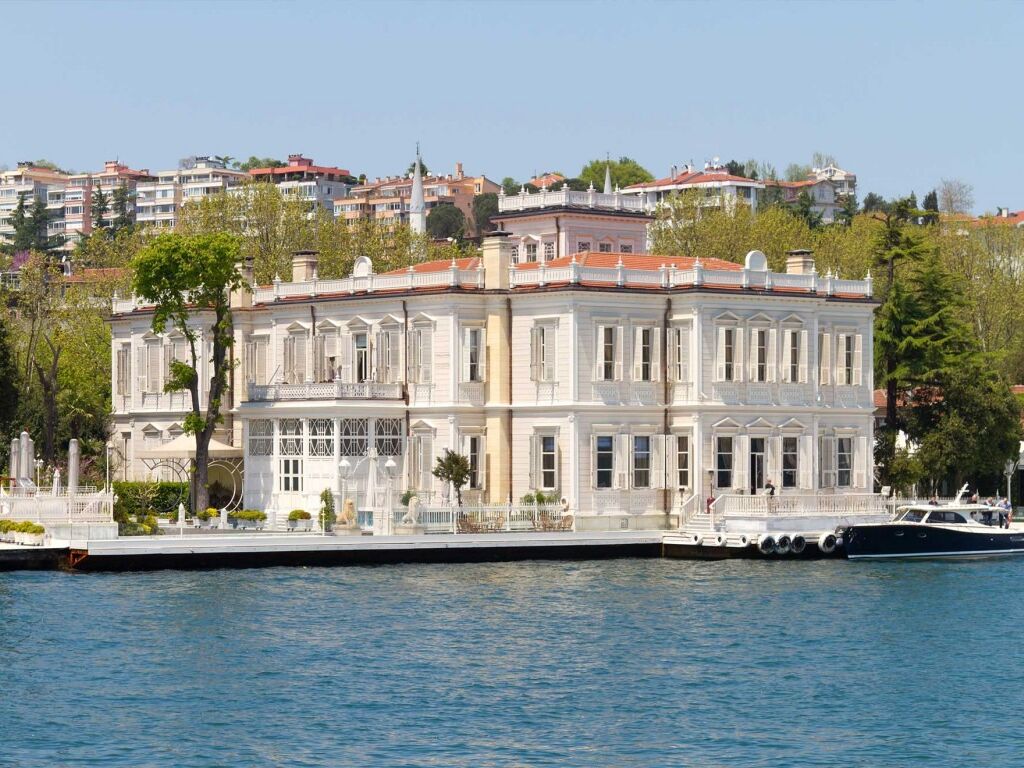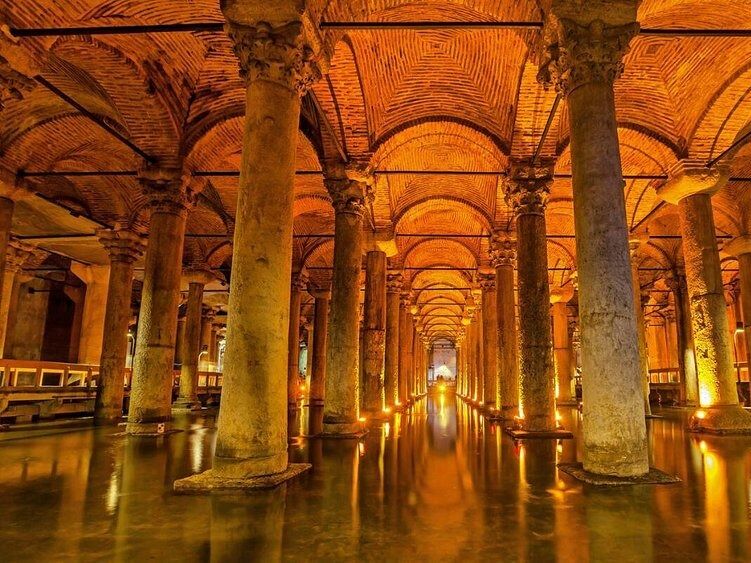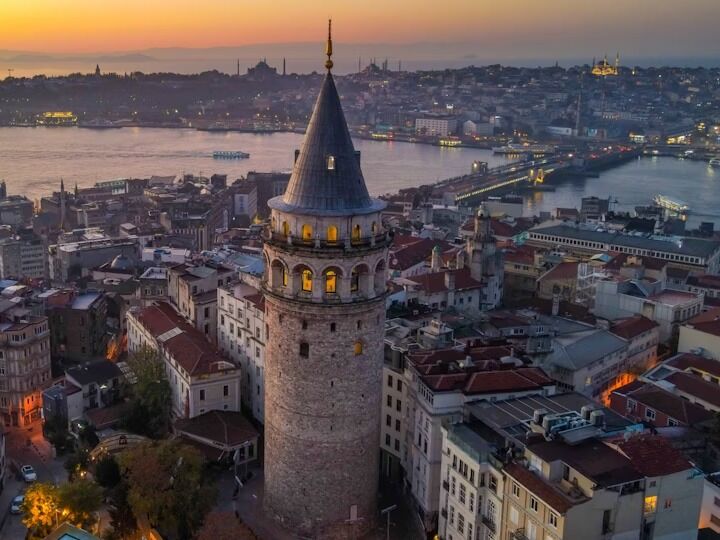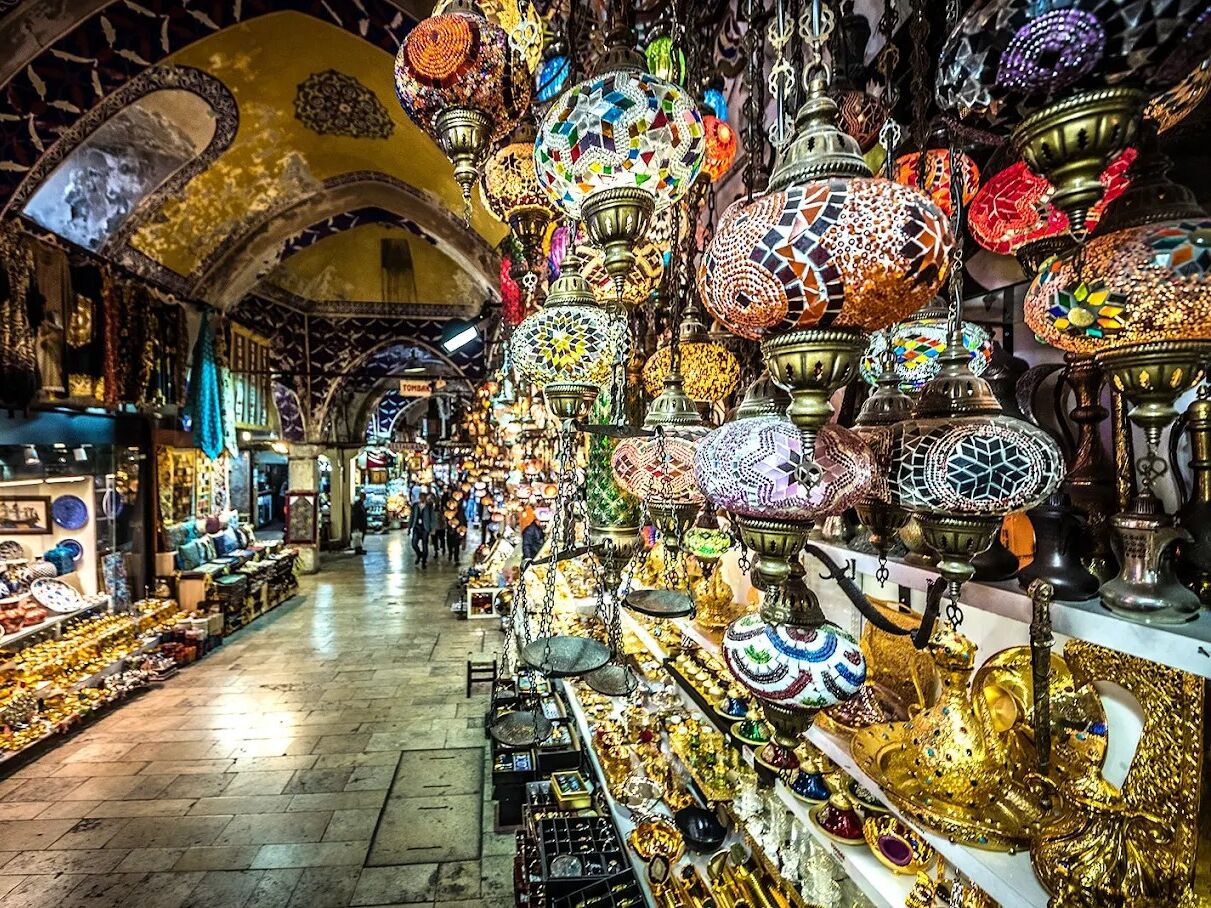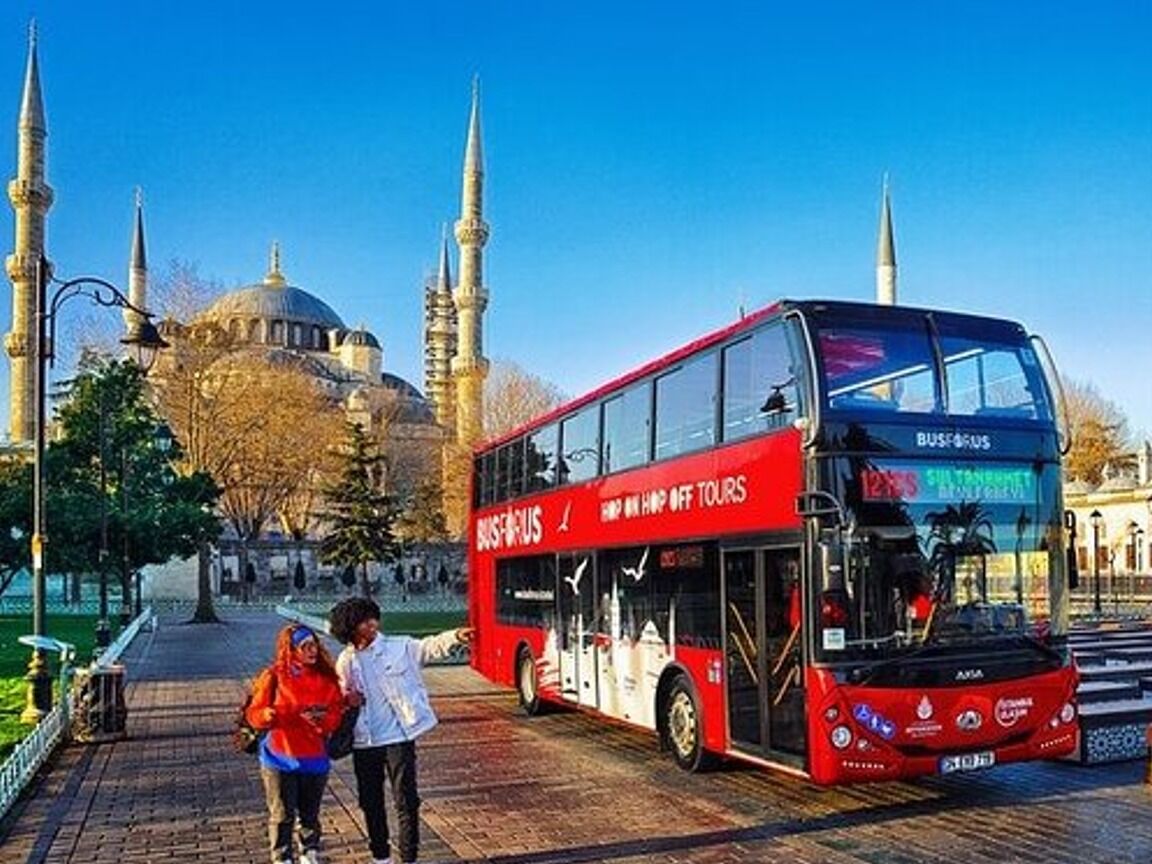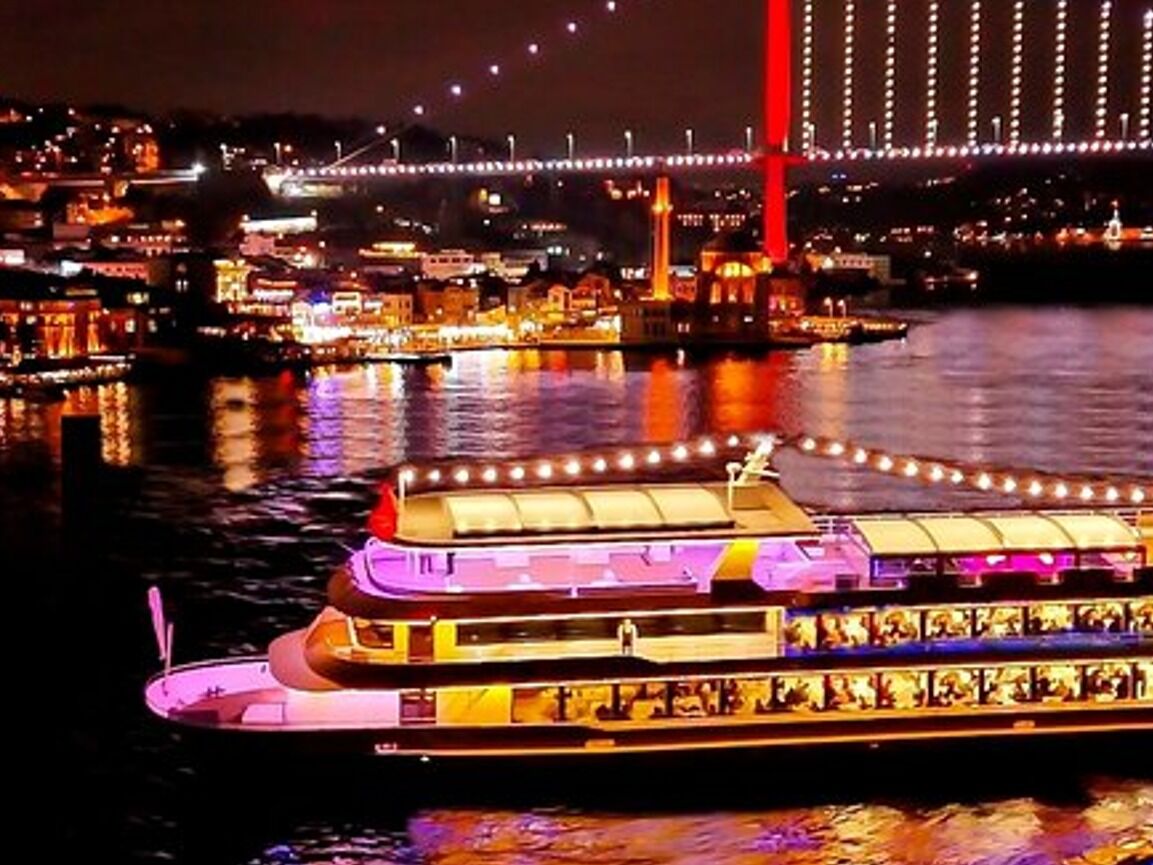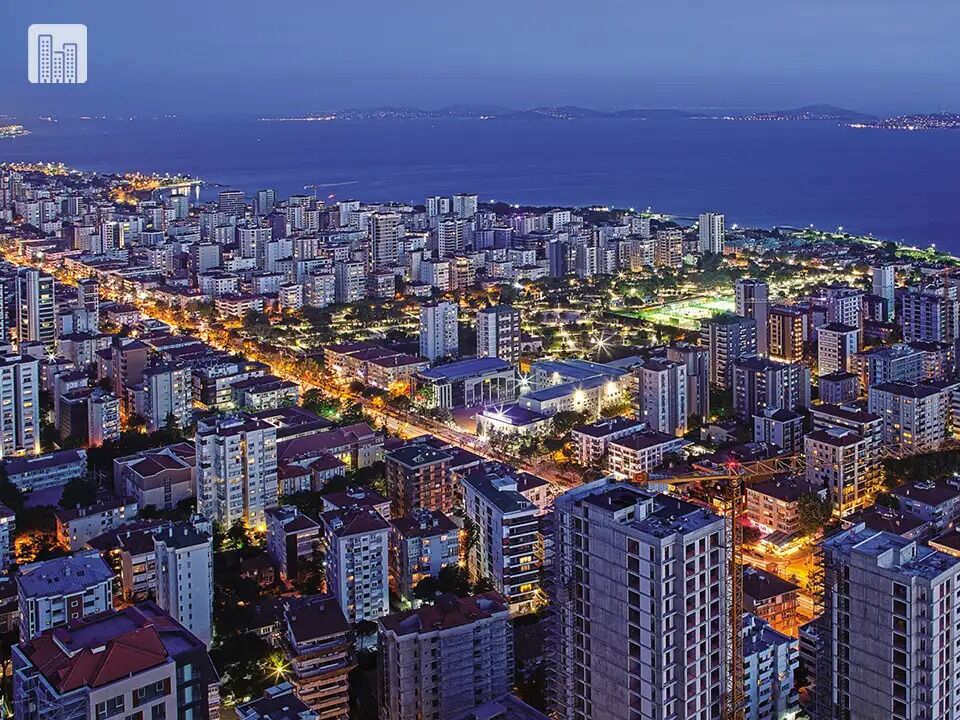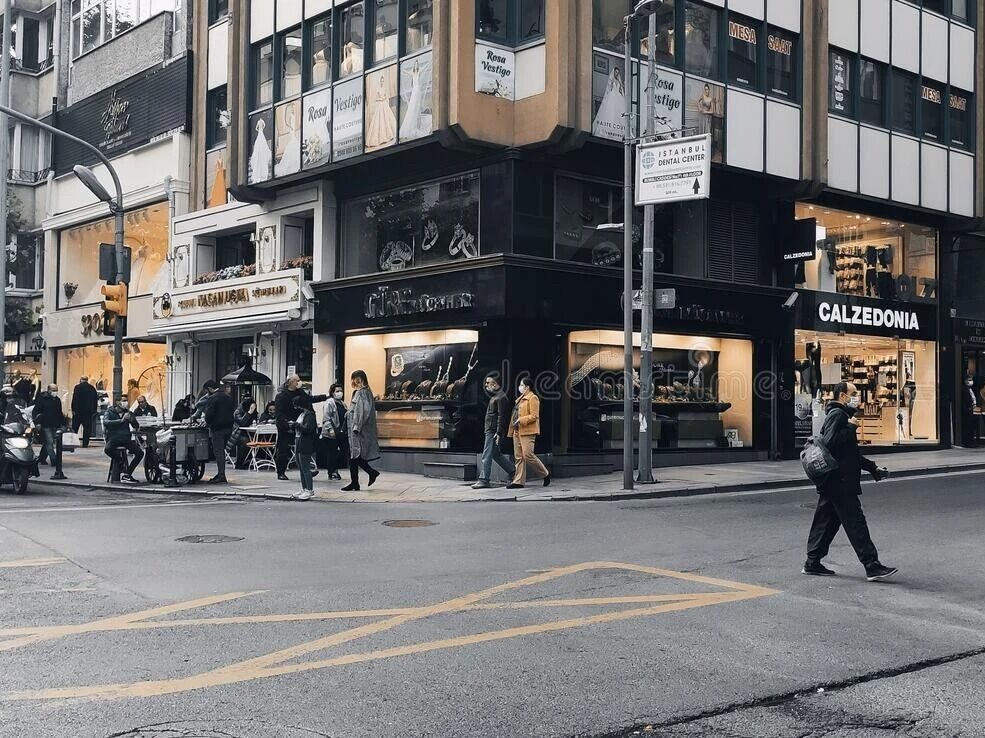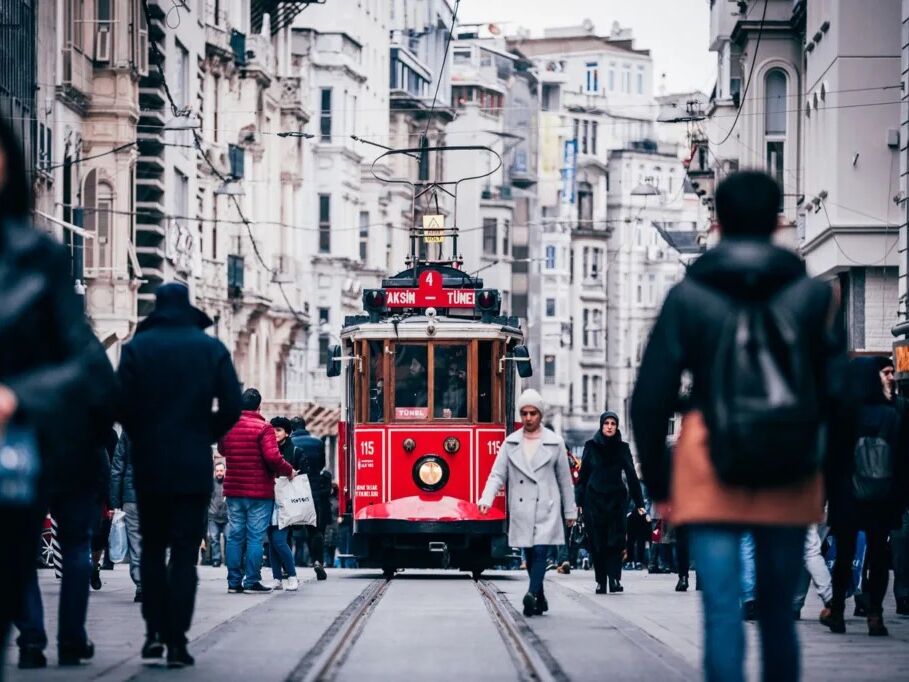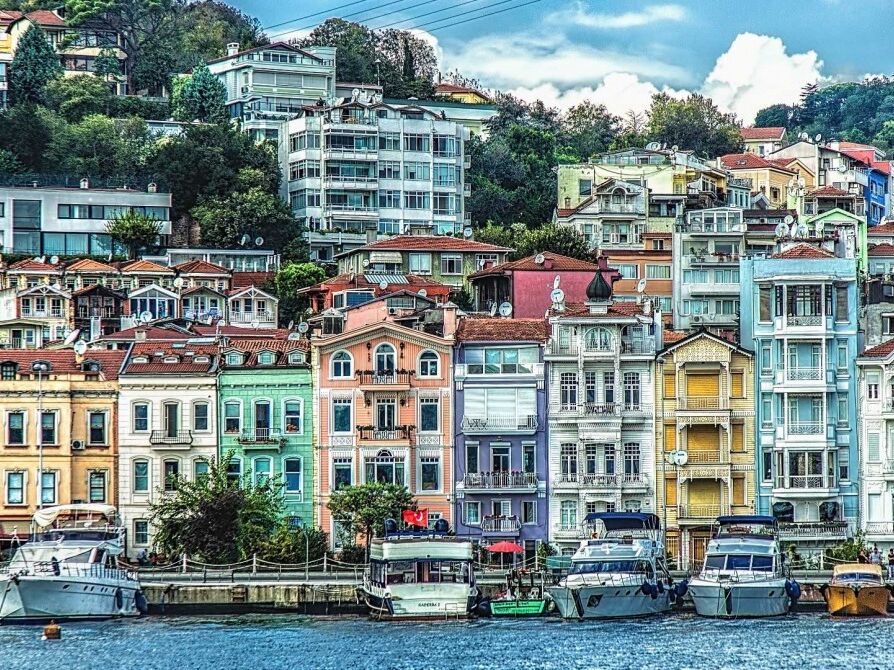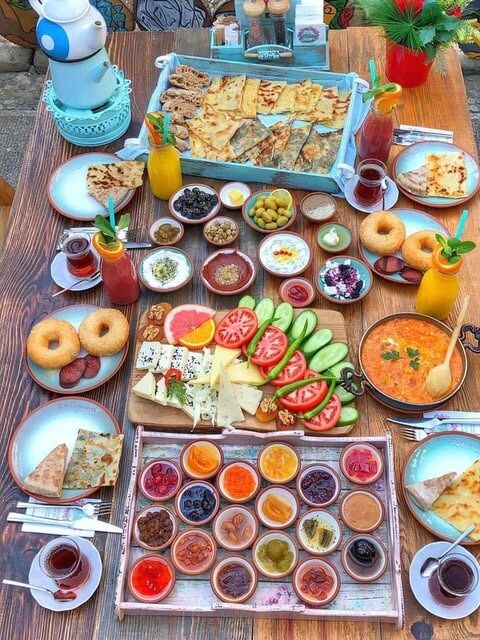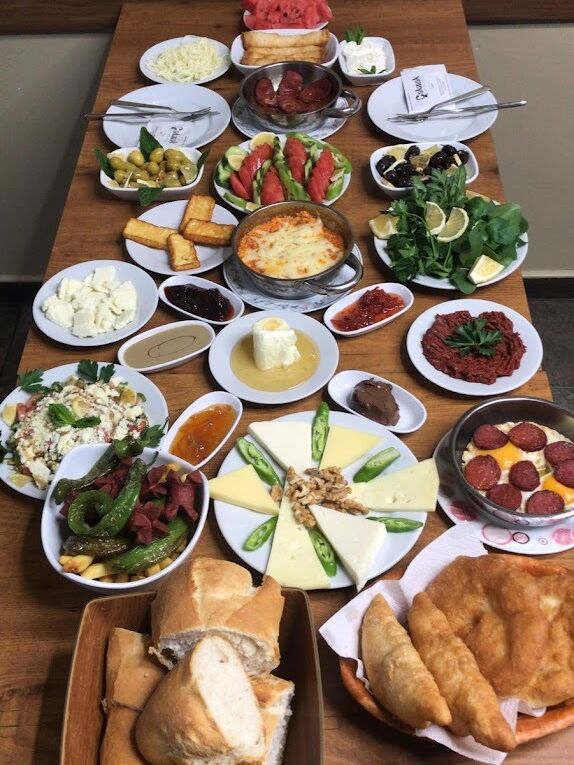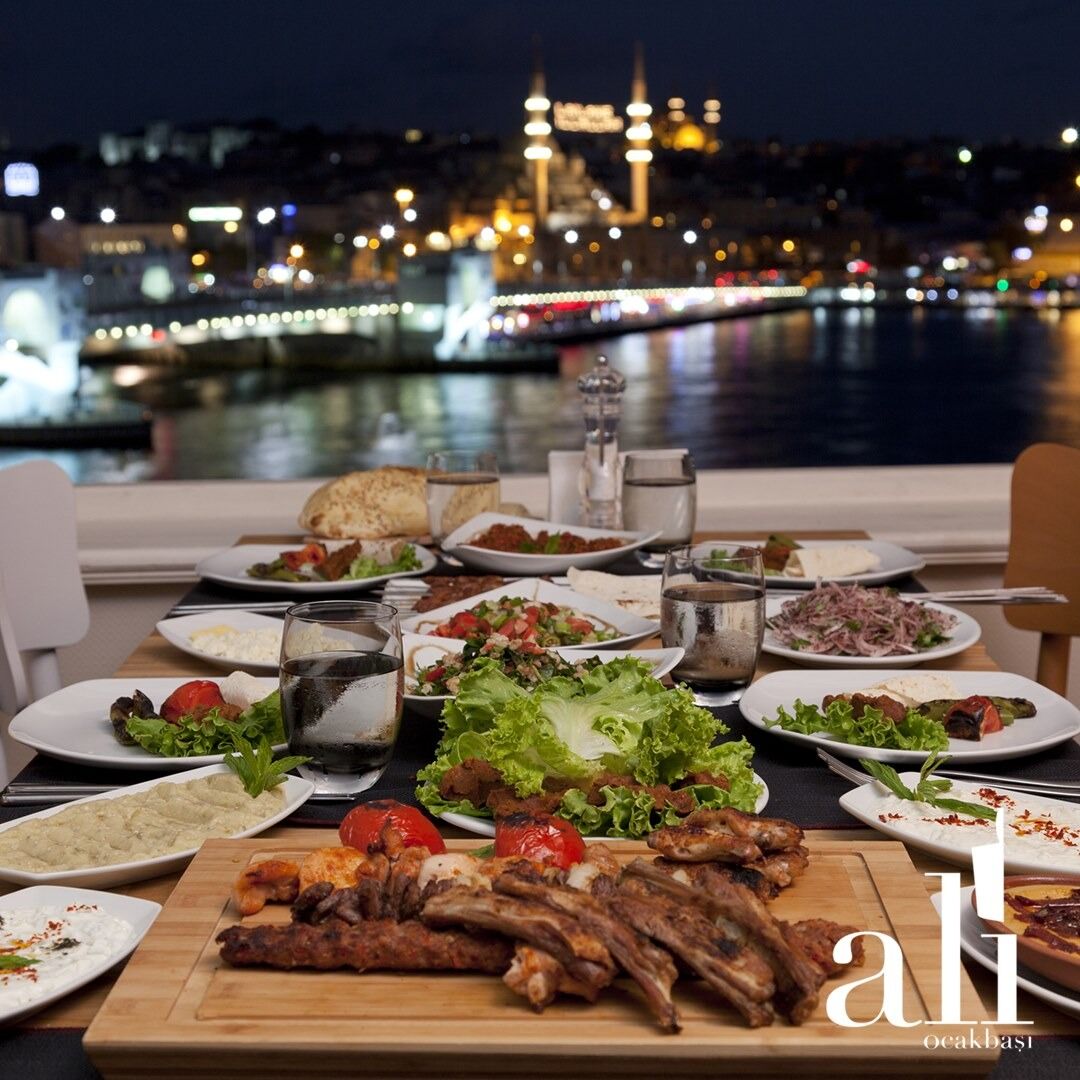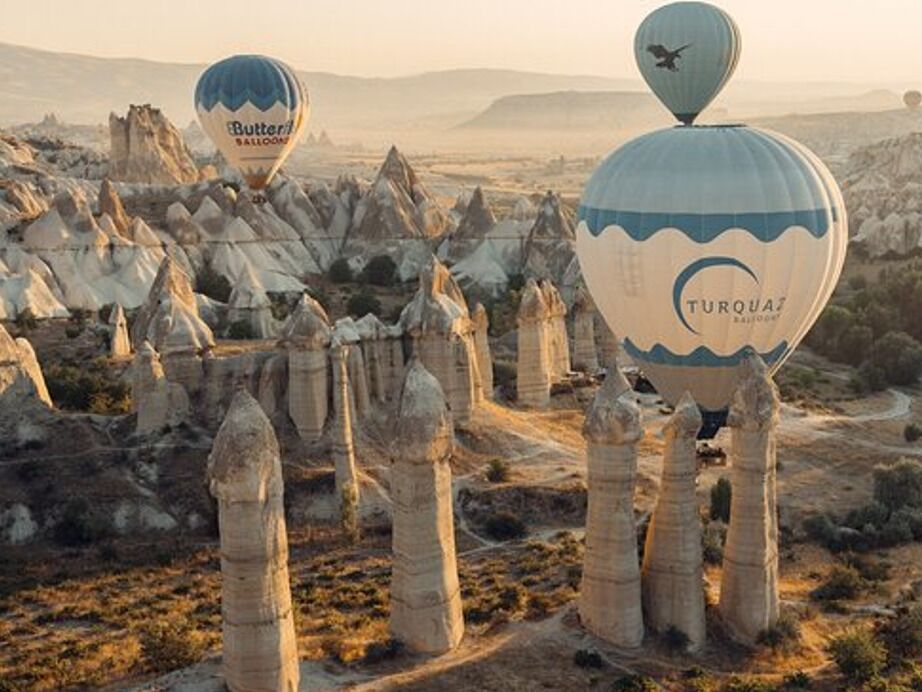
Ece & John
Ece & John
Things to Do
Topkapi Palace Museum
Where 36 Ottoman emperor lived in, the brightest times occurred in this Palace.
The Topkapı Palace, or the Seraglio, is a large museum and library in the east of the Fatih district of Istanbul in Turkey. From the 1460s to the completion of Dolmabahçe Palace in 1856, it served as the administrative center of the Ottoman Empire, and was the main residence of its sultans.
Dolmabahçe Palace
The area where Dolmabahçe Palace is located was originally a bay that had served as a natural harbour since antiquity. It is thought to be from here that Sultan Mehmed II (The Conqueror) had his ships hauled over a wooden ramp so as to launch them into the Golden Horn. Where Ataturk founder of the Turkish Republic lived and died. The Ottoman naval fleet used to anchor in the bay and naval ceremonies were held here. The bay was filled in from the 17th century onwards, and so given the name “Dolmabahçe” (filled garden) and was used as an Imperial Garden. All the buildings in the complex prior to the 19th century were named “Beşiktaş Waterfront Palace”.
Beylerbeyi Palace
Beylerbeyi and its environs have been a residential area since Byzantine period. Sultan Mahmud II (1808 -1839) ordered to built a wooden palace on the site of some earlier buildings constructed in the area at various periods. When this burned down, a new palace and additional buildings were built between the years 1863-1865 by the order of Sultan Abdülaziz. The main palace building consisting of the Mabeyn and Harem sections can be visited. The Yellow Kiosk located beside the big pool on the upper terrace garden, the Marble Kiosk, the Stable Kiosk, where the royal horses were kept, and the Marine Kiosks are closed to visitors.
Beylerbeyi Palace was used as a summer residence and as the State Guest House. Many guests stayed here like Franz Joseph, Emperor of Austria-Hungary (1869); Eugénie, Empress of France (1869); Nikola, King of Montenegro (1874) and German Emperor Wilhelm II. Sultan Abdülhamid II, after he was dethroned, spent his last six years in Beylerbeyi Palace and died here in 1918.
Yıldız Palace
Yıldız Palace, constructed on an elevated terrain with commanding views of the Bosphorus and the Sea of Marmara, is the last major palace built by the Ottoman Empire in Istanbul. In terms of its general layout plan, it reflects the tradition of Turkish-Islamic palace architecture, with “the palace complex (state administration and Harem) situated to the east and the Friday mosque (Yıldız Hamiye Mosque) located to the west”. Covering an area of 500,000 square meters, Yıldız Palace consists of three main sections. The first section contains the main palace, where the administrative buildings are located. The second section is the private area reserved for the Sultan and his harem. The third section comprises the outer garden (the area now known as Yıldız Park) and surrounding buildings. While this park was once reserved for the palace during the Ottoman Era, it is now open to the public. Among many pavilions and buildings originally found in this area, only the Çadır, Malta, and Chalet pavilions remain today.
Ciragan Palace Kempinski
The Çırağan Palace in Istanbul has a rich history spanning from the 17th century to its current status as a luxury hotel. It began as a waterside villa and evolved through various iterations, including a summer palace and the grand palace we know today. The palace was commissioned by Sultan Abdülmecid, completed by Sultan Abdülaziz, and suffered a fire in 1910. It was later restored and reopened as the Çırağan Palace Kempinski Istanbul in 1991.
Sait Halim Pasha Mansion
The Said Halim Pasha Mansion, located in Yeniköy, Istanbul, gained prominence due to its association with Said Halim Pasha, the Ottoman Empire's last Grand Vizier. While its initial construction began in 1910, the onset of World War I and the Ottoman Empire's involvement in 1914 disrupted the work, leaving it unfinished. Said Halim Pasha, who signed the Ottoman-German Alliance in the mansion with the German ambassador, faced political challenges and eventually resigned as Grand Vizier in 1917 due to clashes with the Committee of Union and Progress (CUP). Sait Halim Pasha Mansion, situated in Istanbul's Yeniköy district along the Bosphorus, was constructed in the last quarter of the 19th century and is an important example of Ottoman period architecture. Initially owned by the Düzoğlu family, the mansion was reconstructed by the Aristarhis family. It was later purchased by Prince Abdulhalim Pasha, son of Khedive Muhammad Ali Pasha of Egypt, undergoing significant renovations during his ownership. In 1894, the mansion came into the possession of Sait Halim Pasha, and it has since been known by his name.
The mansion was built as a two-story structure on a marble foundation. Architecturally, it reflects the Empire style of the Ottoman Westernization movement on its exterior, while the interiors embrace an eclectic style blending 19th-century Western influences with Ottoman art. The southern facade of the mansion was designed as the selamlik (men's quarters) and the northern facade as the harem (women's quarters), both sections unified under a single roof. Known colloquially as the "Mansion of Lions" due to the two lion statues on its pier, the building commands attention with its prominent location, architectural details, and rich historical background.
Hagia Sophia Grand Mosque
Hagia Sophia, officially the Hagia Sophia Grand Mosque, is a mosque, museum and former church serving as a major cultural and historical site in Istanbul, Turkey.
The Blue Mosque
The Blue Mosque, officially the Sultan Ahmed Mosque (Turkish: Sultan Ahmet Camii), is an Ottoman-era historical imperial mosque located in Istanbul, Turkey. It was constructed between 1609 and 1617 during the rule of Ahmed I and remains a functioning mosque today. It also attracts a large number of tourists and is one of the most iconic and popular monuments of Ottoman architecture.
Basilica Cistern
Descend below the streets of Sultanahmet into this majestic underground reservoir which dates back to the 6th century. Also called the Sunken Palace, it is the largest cistern from Istanbul's Byzantine-era still standing, and something that James Bond fans might recognize from the film, 'From Russia with Love'. The underground chamber has over 336 distinctive marble and granite columns believed to have been salvaged from nearby buildings, the most famous being the two Medusa heads. Skip the lines and visit the Sunken Palace and other iconic sights like Hagia Sophia and Topkapi Palace on a tour of Istanbul.
Galata Tower Museum
The Galata Tower was constructed by the Genoese in the mid-fourteenth century as part of the Galata Walls when the Galata quarter was a Genoese colony in the Byzantine Era. During the Ottoman Era, it was used as a dungeon before being converted into a fire lookout tower. The tower has undergone several renovations due to damages caused by earthquakes and fires throughout its history. In the 1960s, the tower was in a dilapidated state and was subsequently restored by the Istanbul Municipality, reopening to visitors. Recently, in 2020, the Galata Tower underwent further restoration by the General Directorate of Foundations. As part of this restoration, concrete elements that had been added later and the cafeteria were removed. The Tower has since reopened as a museum for visitors to enjoy. The Galata Tower museum exhibits artefacts from all periods of Istanbul's history. Istanbul has been inhabited since prehistoric times and was the capital of three great empires for about sixteen centuries. The Galata Tower was one of the tallest buildings in Istanbul until the mid-20th century and offers a beautiful panoramic view of the city from its top floor. The Tower is included in the tentative list of UNESCO World Heritage Sites, along with other Genoese Towers in the Mediterranean and the Black Sea. Now That You Are Here… The Galata Mevlevi Lodge, which is the first Mevlevi Lodge in Istanbul and the most significant Ottoman monument in Beyoğlu, is within walking distance. Additionally, the Tarık Tunaya Cultural Centre is open to visitors free of charge when you walk up Istiklal Street from the Tower.
Grand Bazaar
Bargaining for goods is standard practice at the largest covered market in Turkey, rumored to contain over 4,000 shops.
Open-Top Hop-on Hop-off Sightseeing Bus Tour in Istanbul
Customize your own adventure with this hop-on hop-off sightseeing bus tour. Uncover the treasures of the city that bridges Europe and Asia in a convenient way. With personal audio-guide equipment, you can delve into all the major tourist attractions at your own pace. Your ticket is valid for a day and includes an audio guide in eight languages, plus internet access. Booking confirmation is immediate, and this tour is also wheelchair and stroller accessible.
Dinner Cruise Bosphorus & Turkish Night Show - Private Yacht Tour
Admire Istanbul from a new angle as you cruise on the glorious Bosphorus Sea with this dinner tour. Indulge in an incredible dinner menu with dishes influenced by Europe and Asia alike, including Hors Doeuvres, salads and dessert, while watching the lights of Istanbul in the distance. Then relax and enjoy a range of cultural performances inspired by local cultures, such as the Belly, Folk and Latin-Flameno dance styles.
Bağdat Caddesi Merkezi
Bagdat Street, also known as Bagdat Avenue, is a popular shopping and dining street on the Anatolian side of Istanbul, Turkey. It's a 14-kilometer (8.7-mile) stretch running from Maltepe to Kadıköy, almost parallel to the Sea of Marmara. It's known for its vibrant atmosphere, diverse range of shops, and cafes, restaurants, and high-end boutiques.
Abdi İpekçi Avenue
Abdi İpekçi Street or Abdi İpekçi Avenue (Turkish: Abdi İpekçi Caddesi) is one of the premier shopping streets of Istanbul, Turkey, located in the Şişli district. It runs along the Maçka and Teşvikiye neighborhoods, extending from Bayıldım Caddesi/Maçka Caddesi to Vali Konağı Caddesi in the Nişantaşı quarter, crossing Mim Kemal Öke Caddesi, Bronz Sokak, Atiye Sokak, Teşvikiye Bostanı Sokak, Eytam Caddesi, Altın Sokak and Profesör Doktor Feyzi Feyzioğlu Sokak on its length of around 700 m in a generally northern direction.
During the last decade, the street in the prestigious neighborhood developed into a place hosting luxury retail shopping venues. With a monthly lease price of about $3500 m², it is currently the most expensive street for retail stores in Turkey.[1] A variety of exclusive and expensive shops offering Turkish and international designer labels, restaurants of international cuisine and cafés line both sides of the street.
“Taksim”
Fanning out from Taksim Square with its Republic Monument, Taksim is a busy nightlife, shopping, and dining area. Vintage trams shuttle along Istiklal Caddesi, the city’s main pedestrian boulevard, which is lined with 19th-century buildings housing international shopping chains, movie theaters, and cafes. The dense network of side streets is filled with bars, antiques shops, and rooftop eateries with Bosphorus views
Bebek Sahili
Bebek, Istanbul’s Trendy Village along the Bosphorus
Bebek is a very trendy village along the Bosphorus. It has a buzzing atmosphere and it is well-known for the nice cafés and shops that line the waterfront. Locals also praise Bebek for its nice seaside promenade, ideal for long strolls along the strait.
Büyükada
Büyükada, meaning "Big Island" in Turkish, is the largest of the Princes' Islands in the Sea of Marmara, near Istanbul, with an area of about 2 square miles. It is made up of the Maden and Nizam neighbourhoods in the Adalar district of Istanbul Province, Turkey.
Ethem Efendi Kahvaltı
Casual, all-you-can-eat breakfast spot featuring local & organic ingredients, plus housemade jams.
Çakmak Kahvaltı Salonu
Nostalgic breakfast dishes served in a compact, warm restaurant offering outdoor seating.
Feriye Lokantasi
Lokanta Feriye offers flavors inspired by the rich culinary culture of Istanbul with over 25 years of experience in the food and beverage industry for its guests who want to experience gastronomy in the accompaniment of a fascinating view. Lokanta Feriye also appeals to its guests by making them feel privileged with excellent service quality in addition to its location, passion for flavor and Bosphorus view. Lokanta Feriye which has been included in the Michelin 2023 Recommendation is a modern Istanbul Restaurant that blends the current and refined interpretations of Turkish Cuisine with flavor in the form of seasonal menus to its guests with an experienced culinary team led by Chef Birkan Erköylü and advocating that “good ingredients” are at the core of a “good dining experience
Ali Ocakbaşı Kuruçeşme
Great location with great Kebap
İstinye Park Alışveriş Merkezi
İstinye Park is a shopping center in the İstinye quarter of Istanbul, Turkey with 291 stores, 85,250 m² of retail area, and four levels of underground parking. The center features both enclosed and open-air sections. The open-air section has a green central park and offers street-side shopping.
Cappadocia Hot Air Balloon Ride / Turquaz Balloons
The natural wonders of Cappadocia are even more impressive when viewed from the air and a hot air balloon flight is an unforgettable experience. On this tour, take to the skies for an hour-long flight with Turquaz Balloons, and enjoy a more intimate experience with standard baskets. Watch the sunrise as you float over the Cappadocian valleys, then celebrate your safe landing with a glass of Champagne.
